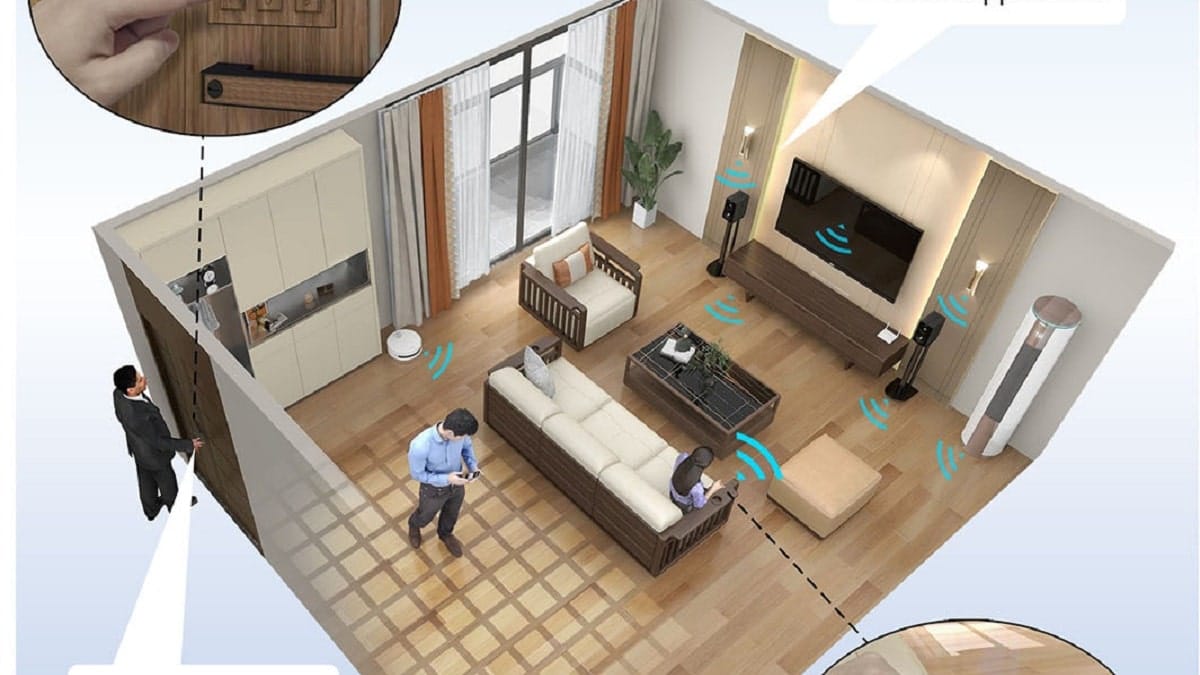Researchers fromBeijing Institute of Nanoenergy and Nanotechnology have developed sensors for the smart home in wood, capable of generating the electricity necessary for its operation without a battery. Triboelectric technology allows you to generate energy by pressing buttons or stepping on sensors on the floor. The sensors then use this energy for transmit a wireless signal.
Smart home in wood and without batteries
In the system developed by the Pekingese researchers, a layer of wood has a copper film in the lower part, which creates contact with a lower layer when subjected to pressure. This generates an electric charge, which can be used to emit a wireless signal.
The strength of the charge depends on the surface and can have different applications. The first level concerns the possibility of building switches for home lights and other devices without the need for cables, using the Wi-Fi signal. You don’t always want to use your smartphone to turn on a device. Someday you may have some wooden keys directly in the furniture of the housefor example to turn on the TV or the lamp to read a good book.

Another expected application concerns the ‘smart lock‘, the smart locks. When your smartphone is empty, you could enter the code on a numeric keypad directly in the wood of the door.
But perhaps the most interesting application concerns the creations of smart floors. In fact, the researchers hypothesized the possibility of having these sensors triboelettrici for example on the parquet in the bedroom, in order to turn on the lights when you enter the room or put your feet down in the morning.
The energy produced by the contact of wood could not be enough to recharge our smartphone or laptop. But using sensors like this, that they require very limited energy, could reduce the construction cost and reduce the environmental impact of the smart home. So we expect to see more applications in the future. We keep you updated.















Leave a Reply
View Comments